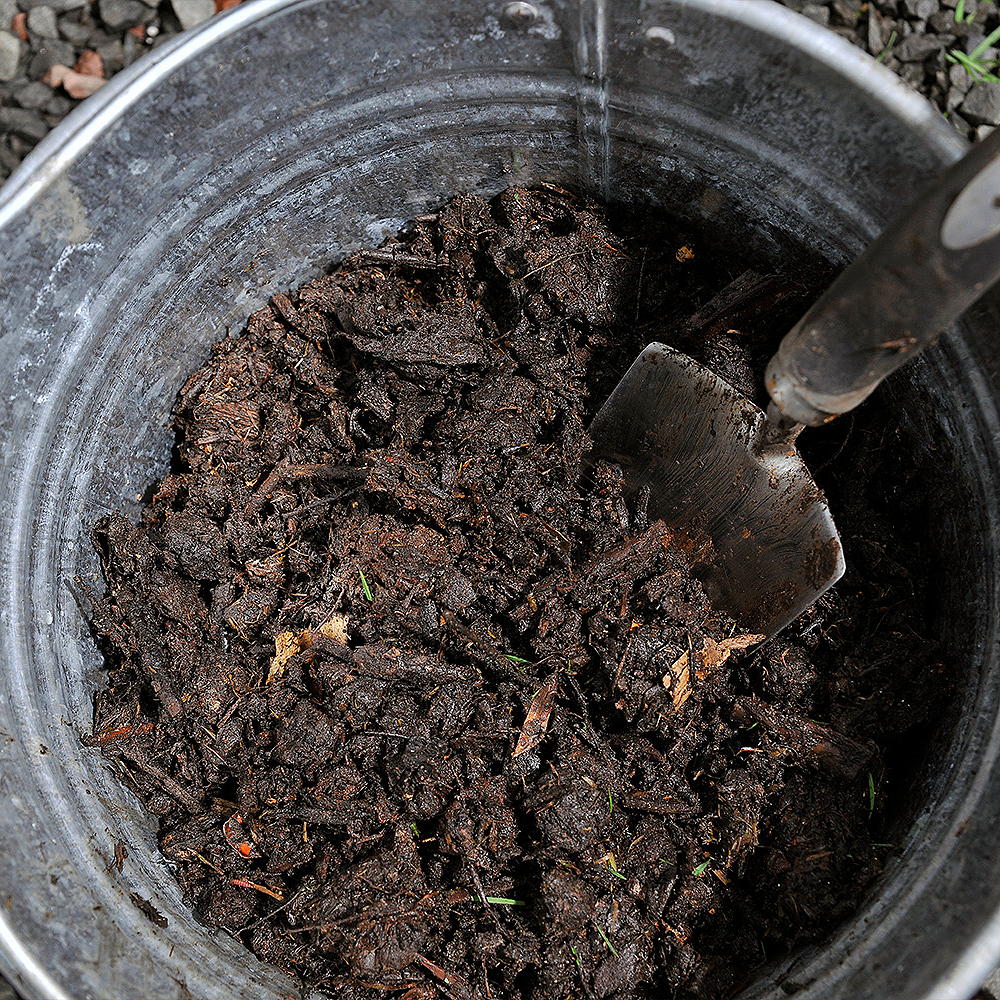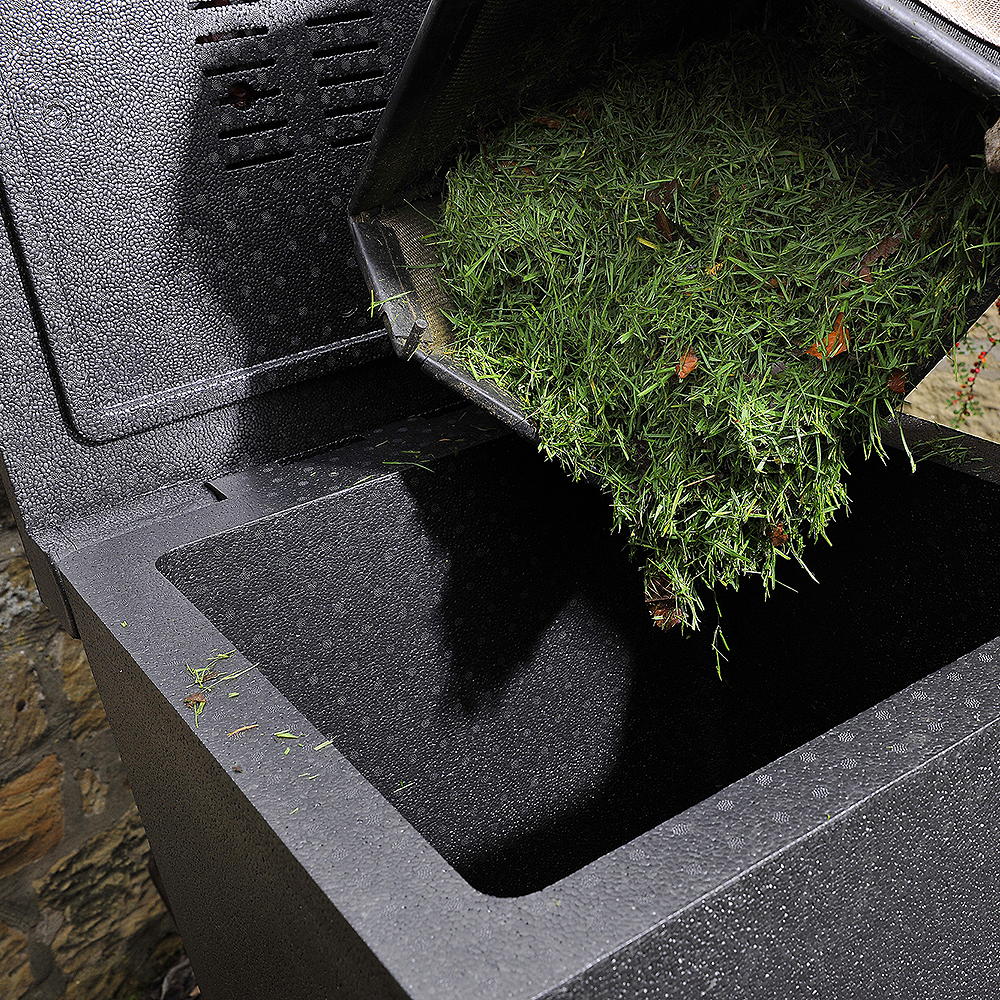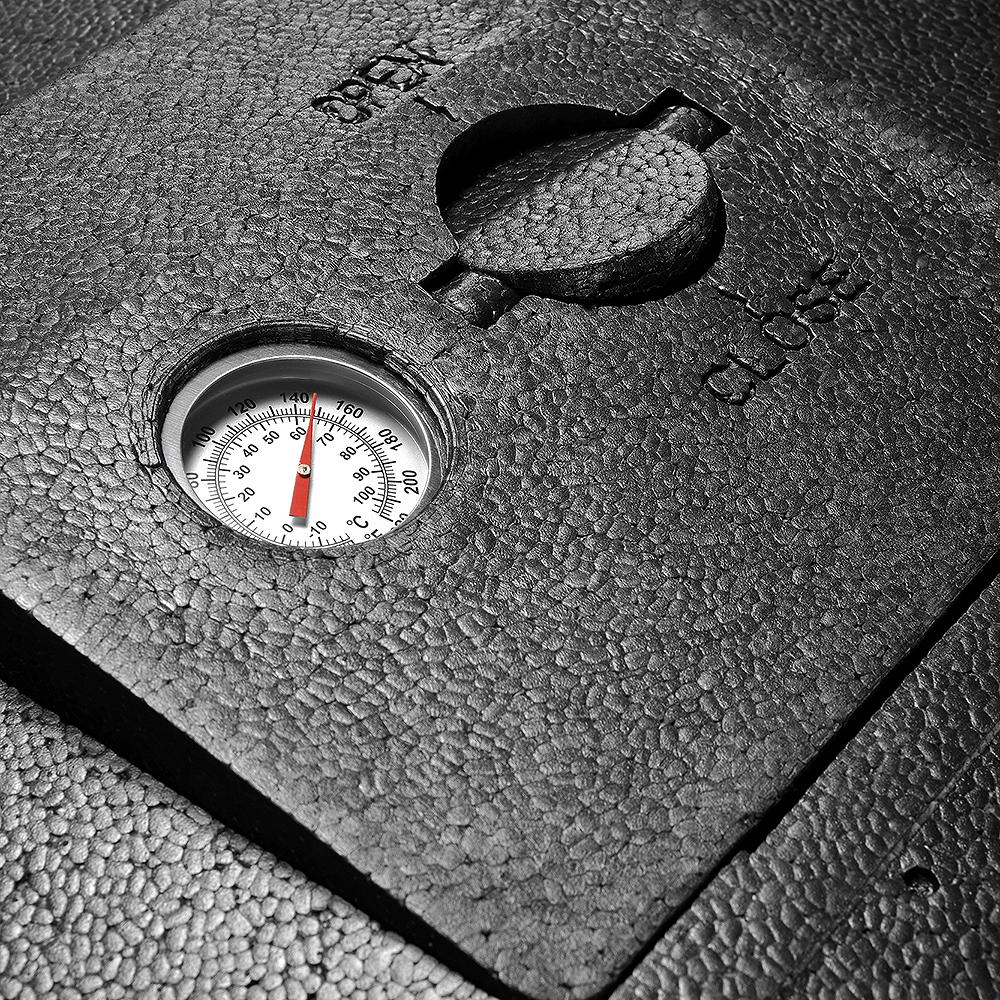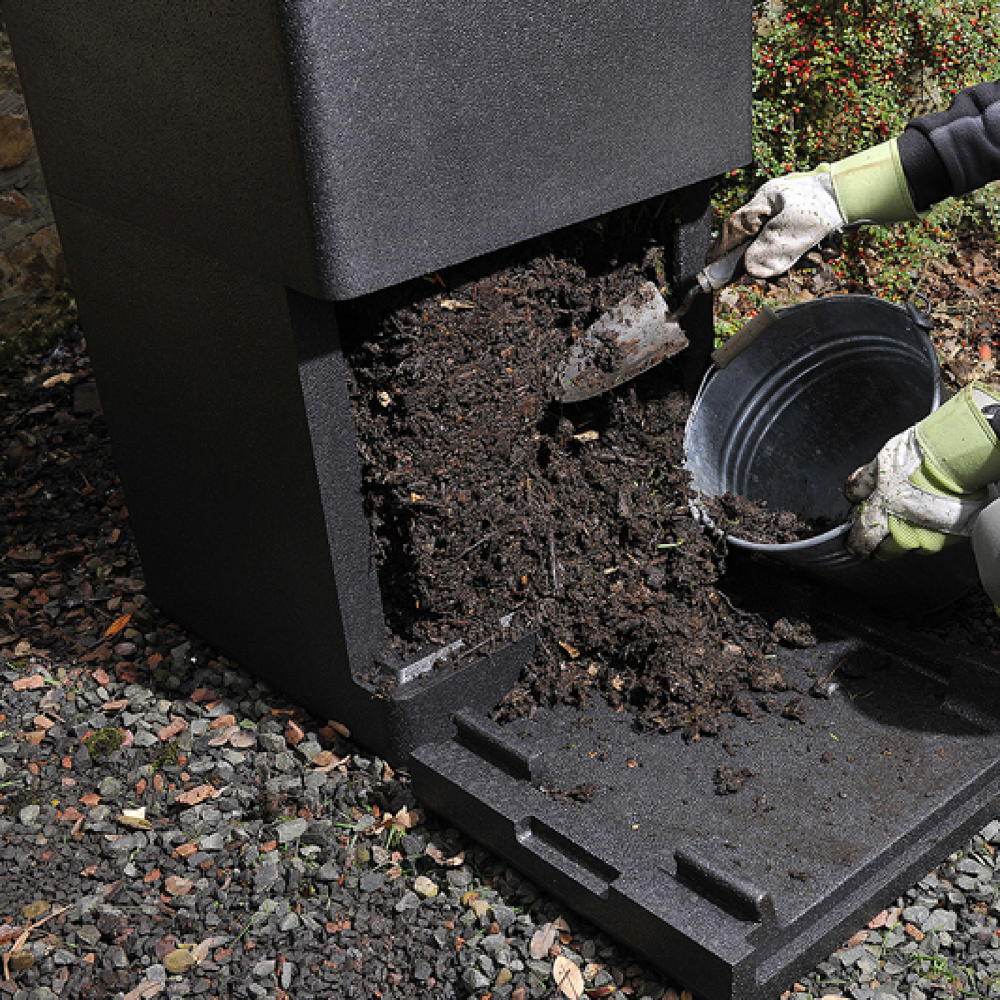How to hot compost – turn household waste into compost in just three weeks
It's the best kept secret in gardening

Hot composting is the secret weapon devoted gardeners have been using to keep their plants thriving without a weekly trip to the garden centre. It transforms kitchen leftovers and grass trimmings into rich, crumbly brown compost in just 30 days.
No more waste: From light bulbs to coffee bags – here’s how to re-use household waste in the garden
The whole process is a bit like garden alchemy. Unlike cold composting, hot composting involves closely following a recipe and method that requires time and diligence.
However, new hot composting bins are taking the effort out of the process and making producing high-quality compost at home as simple as possible.
Composting is a great way to make your home more sustainable and cut down on waste. So if you want to give hot composting a go at home, here is our guide to making the most nutritious compost for your garden.

What is the difference between hot composting and cold composting?
As the name suggests, the biggest difference between the two styles of composting is temperature.
Cold composting is the method most people will be familiar with. This method involves slowly adding organic matter to a compost heap and leaving it to breakdown in it's own time.
Hot composting refers to a method where the microbial activity is optimised to produce compost in a shorter period of time. This activity is stimulated by warm temperatures in the compost pile.
While cold composting is the easier method, many gardeners swear by hot composting for creating brown gold. This is likely because it is made using carbon and nitrogen-rich ingredients.
Is hot composting better than cold composting?

'The main benefit of hot composting is the speed at which waste becomes compost,' explains Mark Robinson, director of Original Organics, distributors of Aerobin Hot Composters. 'A traditional composting bin can take anything from six months to two years to transform waste into compost.'
Hot composting can take as little as 12 weeks to produce compost. However, it should be pointed out that although the process of cold composting is slower, its low maintenance method can be appealing.
Arguably, hot composting is more sustainable. Many shop-bought hot composters can take a huge range of home and garden waste, including meat and chicken bones.
What do you need to start a hot compost pile from scratch?

Start your compost pile start by marking out space for a pile that is at least 120 x 120 cm. Alternatively, invest in a bin to make your compost in.
Unlike a cold compost heap, it is best to have all your organic matter to hand at the beginning. Your pile will need to be 25 parts carbon to one part nitrogen.
Carbon-rich ingredients include straw, shredded paper, small twigs and dry leaves. For the nitrogen component, you can include grass clippings, fruit and veg scraps, weeds, garden waste, coffee grounds, tea bags and farm animal manure.
How to hot compost – a step-by-step guide
1. Chop up your ingredients. An easy way to do this is to run a lawnmower over them a few times. It is important to chop everything up so that it breaks down as quickly as possible.
2. Add a couple of shovelfuls of finished compost to act as an 'activator'
3. Mix all the ingredients in a pile or compost bin.
4. Add water so that all the ingredients are evenly moist.
5. Maintain the compost heap by keeping an eye on the soil temperature and moisture. The pile should heat up within 24 to 36 hours. Between 60 and 68 degrees C is the ideal temperature. You can monitor this with a compost thermometer or sticking your hand into the pile – if it is uncomfortably hot, it's at the right temperature.

6. When the pile starts to cool it is time to turn the pile. Turning the pile aerates the contents, which re-starts the microbial activity.
7. In terms of moisture, the pile should feel like a wrung-out sponge. If it is looking too dry, give it water. However, if the pile starts to smell bad, it is probably because the pile is too wet. Adding shredded newspaper or another high-carbon material will soak up any excess moisture.
8. If rain is due, cover the pile with a tarp to stop the pile becoming waterlogged.
9. After about three weeks of following this routine, you should have dark brown, crumbly compost.

Hot composting bins
If you like the idea of hot composting, but don't have the time to spare to make it from scratch, it might be worth investing in a hot composting bin. In 2019, HotBin – a hot composting bin – won garden product of the year at the Chelsea Flower Show.
These bins help simplify the hot composting process. The bin maintains a steady temperature of 40 to 60 degrees C, even in winter. All you need to do is regularly add food or garden waste, and a bulking agent or shredded paper to keep the air flowing inside the bin.
However, these bins don't come cheap – they usually cost over £100 and can cost up to £400. But hopefully, they will save you money on bags of compost in the long run.

Buy now: HOTBIN mini 100 litres, £150, HOTBIN Composting
If you do decide to invest in a hot compost bin there are a few tricks to make sure that you get the best out of it.
'Combine food and garden waste,' Mark Robinson recommends. 'The more waste the better as this speeds up the rate that the process works. At least 50 per cent capacity is recommended to get the best results.'
He also recommends mixing up the waste you add, so don't just add all paper one week and grass the next. One option to avoid this is to save it up and add it all in one go as a mixture. Just be sure to make sure there is a mix of moist and dry materials.
Related: Wildlife garden ideas – how to turn your outdoor space into a haven for wildlife
It is also a good idea to break waste up into small pieces, like with the manual hot composting process. This will help speed you on your way to sumptuous compost in no time at all.
Have you been tempted to give hot composting a go?
Get the Ideal Home Newsletter
Sign up to our newsletter for style and decor inspiration, house makeovers, project advice and more.

Rebecca Knight has been the Deputy Editor on the Ideal Home Website since 2022. She graduated with a Masters degree in magazine journalism from City, University of London in 2018, before starting her journalism career as a staff writer on women's weekly magazines. She fell into the world of homes and interiors after joining the Ideal Home website team in 2019 as a Digital Writer. In 2020 she moved into position of Homes News Editor working across Homes & Gardens, LivingEtc, Real Homes, Gardeningetc and Ideal Home covering everything from the latest viral cleaning hack to the next big interior trend.
-
 My go-to Ninja coffee machine is on sale for Easter weekend
My go-to Ninja coffee machine is on sale for Easter weekendIt makes coffee shop quality achievable at home
By Molly Cleary
-
 When to plant out annual flowering plants for vibrant, colourful garden borders – and give them the best start, according to experts
When to plant out annual flowering plants for vibrant, colourful garden borders – and give them the best start, according to expertsNot sure when to plant out annual flowering plants? We've got you covered...
By Kayleigh Dray
-
 I'm a kitchen decor editor and didn't like this tableware trend - until I saw H&M Home's designer-look plates
I'm a kitchen decor editor and didn't like this tableware trend - until I saw H&M Home's designer-look platesThey made it easy to justify a new crockery set
By Holly Cockburn